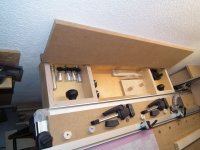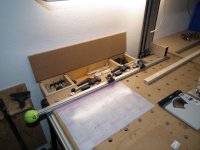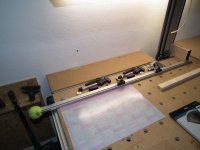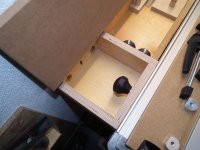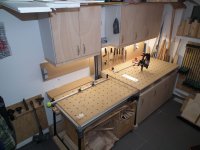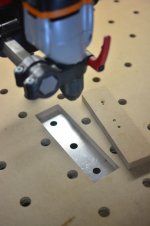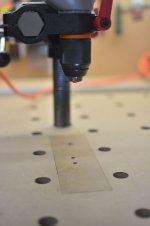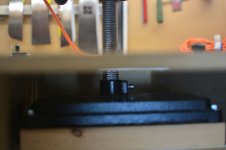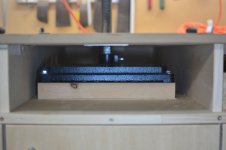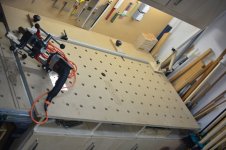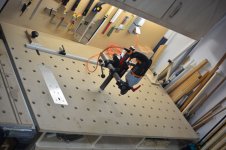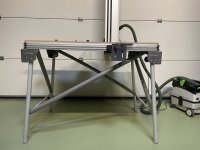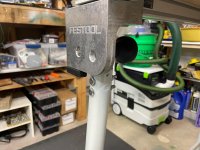Obviously a common issue with MFT owners.
There's a nice description by Heiko Rech about stabilizing an MFT by mounting it to a wall.
Even though it is in german I think the pictures on his website explain the idea of it.
Stabilising the MFT
I adapted his idea in my workshop in a different way. The MFT is not directly fixed to the wall.
This is for two reasons.
- I still can use the guard rail
- the screws for connecting the MFT can easily be reached from the top if you want to move it
There are some small boxes in between where I store clamps, bench dogs, bits and pieces...
Now it is fixed to the wall it is extremly stable. I never tried planning but I think this no problem.
Gerald

